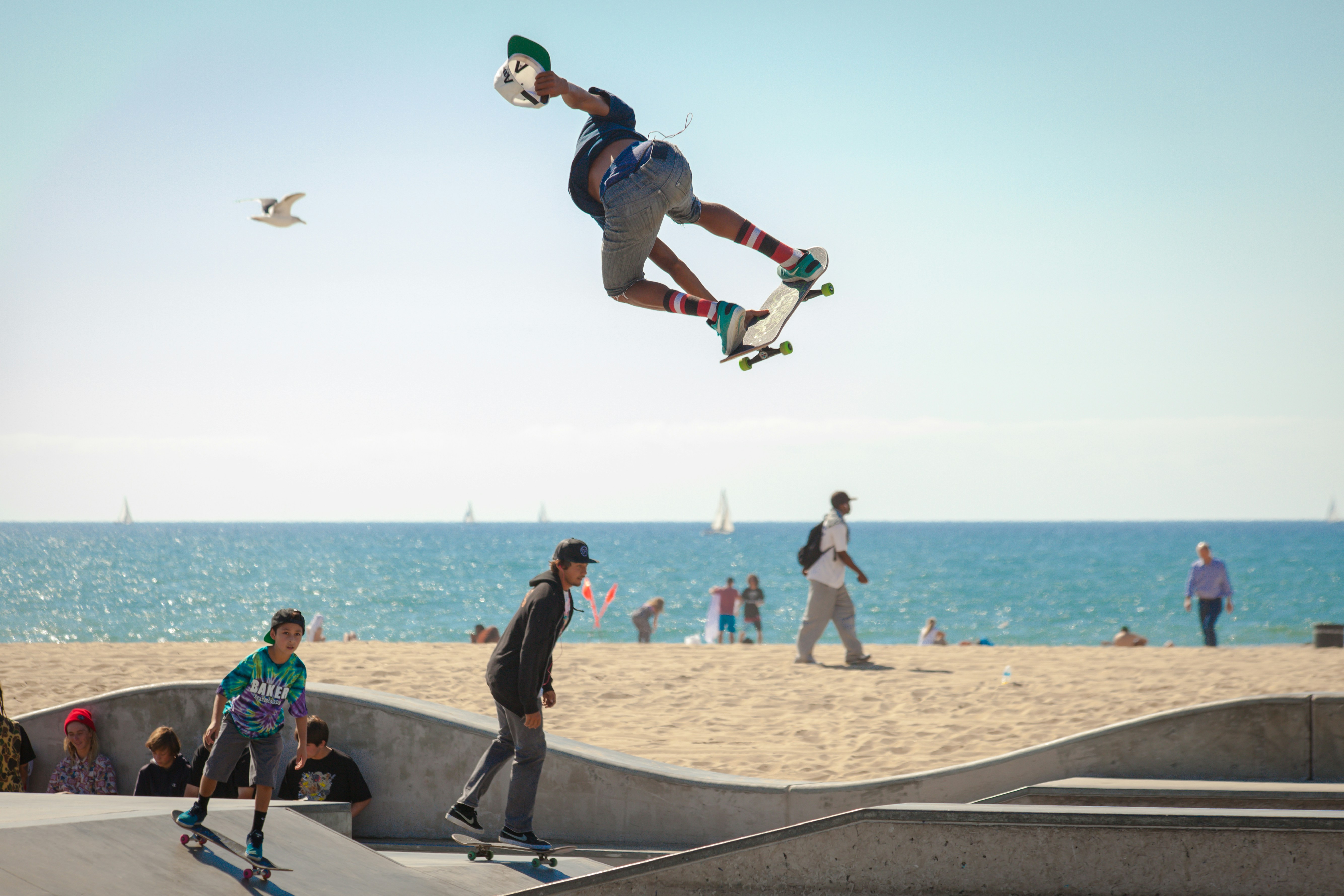Understanding Perfect Surfboard Types
Perfect surfboards come in a variety of types, each designed to accommodate different surfing styles and skill levels. The most common surfboard types include shortboards, longboards, fish boards, and hybrid boards. Each of these types offers unique characteristics that influence performance in the water.
Shortboards are typically around 5 to 7 feet in length and are favored by advanced surfers seeking high performance and agility. They feature a narrow, pointed nose and a thin tail, allowing for quick maneuvers and tight turns. Shortboards are ideal for riding powerful waves and executing tricks, making them a popular choice for competitive surfers. However, due to their design, they require a certain level of skill to master.
In contrast, longboards are generally longer than 8 feet and are more stable and forgiving, making them suitable for beginners and those looking for a laid-back surfing experience. They have a wide nose and smooth, rounded contours that enable surfers to catch waves easily and ride them longer. Longboarding often emphasizes style over speed, making it a popular choice for those who appreciate a more relaxed approach to surfing.
Fish boards are a hybrid between shortboards and longboards, characterized by their shorter length and wider tail. They typically measure between 5 to 6 feet and are designed for performance in smaller, slower waves. The unique shape of fish boards allows surfers to generate speed more efficiently and is often preferred by intermediate surfers looking to improve their skills in various conditions.
Lastly, hybrid boards combine features from both shortboards and longboards, offering versatility for a range of surfing experiences. They typically include a blend of volume and shape that can cater to different wave conditions, making them a great option for all-around surfers. Understanding these surfboard types will help surfers select the best board tailored to their individual needs and preferences.

Key Factors to Consider When Buying a Perfect Surfboard
Purchasing a perfect surfboard is a pivotal decision that can significantly impact your surfing experience. Several key factors must be taken into account to ensure you make the right choice for your needs. The first and perhaps most critical aspect to consider is the size of the surfboard. Generally, the board length, width, and thickness should correspond to the surfer’s height, weight, and skill level. A larger board offers increased stability and floatation, making it an ideal option for beginners. Meanwhile, experienced surfers might opt for shorter boards, which provide greater maneuverability but may sacrifice some stability.
Volume plays a crucial role as well. It reflects the board’s buoyancy and directly influences how well the surfboard floats in water. A board with higher volume will offer better paddling ease and a more forgiving ride, which is particularly beneficial for novices. On the other hand, seasoned surfers might prefer boards with lower volume for improved responsiveness and performance in critical surfing conditions.
The material composition of the surfboard is another essential consideration. Boards can be made from polyurethane, epoxy, or other composites, each impacting the board’s weight, durability, and flexibility. Epoxy boards, for instance, are often more resilient and suitable for various wave conditions, while traditional polyurethane boards may deliver a classic feel that some surfers prefer.
For those new to surfing or looking to buy a surfboard, here is a buyer’s checklist: consider your skill level, choose the right size, assess volume needs, and evaluate material preferences. Conducting thorough research on surfboard features can further aid in making an informed purchase. For deeper insights, check our posts on surfboard maintenance and surfing techniques.

Surfboard Maintenance Tips for Longevity
Proper surfboard maintenance is essential for prolonging the life of your board and ensuring optimal performance during your sessions. Regular care is not only about aesthetics but also about functionality, as a well-maintained surfboard will glide more smoothly over the water. One of the first steps in caring for your surfboard is to clean it regularly. After each surf, rinse off any saltwater, sand, and debris with fresh water. This process of cleaning surfboards prevents salt and sand from causing scratches and wear, particularly on the fins and bottom surfaces.
Storage is another critical aspect of perfect surfboard maintenance. It is advisable to keep your surfboard out of direct sunlight, as prolonged exposure can weaken the materials and lead to fading or discoloration. Ideally, store your surfboard in a protective bag or on a rack in a cool, dry location. If you live in a climate with high temperatures, consider using a UV-protective cover to shield your board when not in use.
Repairs are inevitable over time, especially for active surfers. Knowing how to address common issues can save you from costly professional services. For small dings or cracks, a simple epoxy repair kit is often sufficient for fixing surfboards. Clean the damaged area, follow the kit’s instructions, and ensure that the surface is smooth once repaired. Larger damages may require professional help, so it’s prudent to keep a list of trusted surfboard maintenance services, which can efficiently handle significant repairs.
In summary, effective surfboard maintenance involves regular cleaning, appropriate storage techniques, and timely repairs. By integrating these practices into your routine, you can enhance the longevity and performance of your board, ensuring that it remains a reliable companion for your surfing adventures.

Top-Rated Perfect Surfboards for Every Skill Level
Choosing the perfect surfboard is crucial for surfers at any skill level, from beginners to advanced riders. Below, we present a carefully curated list of top-rated surfboards suited for each category, focusing on performance, design, and user feedback.
Best Surfboard for Beginners: The Soft-Top Longboard is often recommended for novice surfers. Brands like Wavestorm have garnered positive reviews for their stability and buoyancy. With a length of 8 feet, this surfboard offers ample surface area, making it easier for beginners to balance and catch waves. Customers praise its lightweight construction and soft top, which minimizes the risk of injury during falls. Positive testimonials highlight its suitability for learning how to paddle and ride waves effectively.
Top Surfboard for Intermediates: Once comfortable on the waves, many surfers transition to an EPS Fish Surfboard. The Channel Islands Fish model is praised for its speed and maneuverability, enabling intermediates to enhance their skills. This surfboard is designed with a wider nose and tail, promoting excellent glide and easy wave catching. User reviews frequently commend its performance in small to medium-sized surf, providing versatility for different conditions.
Best Surfboard for Advanced Surfers: Experienced surfers often seek performance-oriented models. The Shortboard from Lost Surfboards is frequently renowned in this category. This surfboard features a narrow design with an increased rocker, offering agile turns and responsiveness. Customers note its performance in challenging waves, emphasizing that it meets the demands of advanced maneuvers. Surfboard reviews consistently highlight the durability and high-quality materials used in its construction, making it a popular choice for pro-level surfing.
In conclusion, no matter your skill level, selecting the right surfboard is paramount to enhancing your surfing experience. The options mentioned above offer the best combination of performance and user satisfaction, paving the way for surfers to improve their skills. Links to purchase these surfboards can be found through credible retailers, ensuring you find the perfect match for your surfing journey.





Leave a Reply